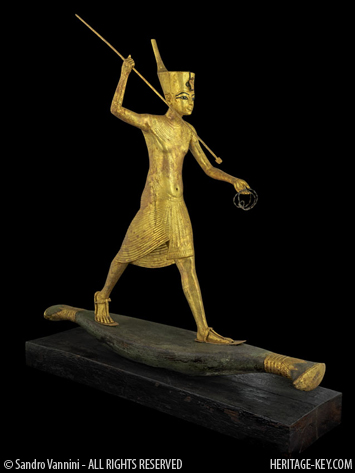As this blog is being written a Canadian team is renewing excavations at the site of Madaba, a modern day Jordanian city that has at least 5,000 years of history behind it.
The city is well known for its Byzantine mosaics including the 6th century AD ‘Madaba Map’, which is considered to be the oldest known map of the holy land.
The Canadian excavations areled by Dr. Debra Foran and Professor Tim Harrison, both of the University of Toronto. Theyhave been taking place, off and on, for more than a decade. The theme of prosperity and collapse runs through the citys history, as it does with many sites in the Middle East.
There are stretches in the archaeological record when Madaba is a prosperous urban polity (for example, during the Byzantine period when its famous map was made), but there are also stretches when it was in decline andeven abandoned (as during the medieval period).
Perhaps no timeframe inthe city’s history illustrates these challenges better thanthat of theIron Age. The Canadianteamis still uncovering and analyzing artefacts from this era. The picture that these finds are painting is a dramatic one.
During the start of a period that archaeologists call Iron Age IIB, about 2,800 years ago, Madaba was a major city, occupying nearly 16 hectares of land.This madeit one of the largest sites in Jordan at the time. It was surrounded by a five metre high wall, which, at its strongest point, was seven meters thick.
When the Canadian team dug down into these layers they found pillared buildings along with pottery. Evidence, they said in a 2007 report, (which) clearly indicate that Madaba had become a substantial urban center.
The bible also hints at Madabas importance, saying that the Israeli King David defeated two ancient groups, the Ammonites and Aramaeans, near the city.
But, this great settlement wasnt the only thing the team found.
In a period called the late Iron IIB, the team found evidence that hints at a tragic end to this ancient settlement. They found badly constructed structures, made of rocks, in such as a shape that some scholars have used the term “squatters” occupation to describe them.
Professor Harrison told me, in an email last autumn, that the Iron Age town, with its monumental architecture… appears to have been violently destroyed and then subsequently resettled by a small number of people.
The team doesnt know who destroyed it or the identity of the people from the squatters occupation. They may have been survivors from the destroyed town, or newcomers altogether. In any event, one of the largest cities in Iron Age Jordan suffered a great fall, one from which it would not recover for hundreds of years.
A story all too common in the ancient, and even modern, Middle East.



